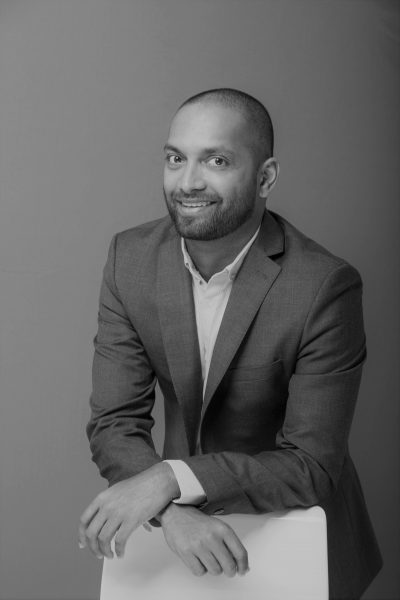
Let’s cut down the obvious intro: The new normal was approaching, but the last six to eight months just got us there faster. Whether you’re working in a company that’s now thriving, surviving or adapting, we will soon be able to look back at 2020 and give thanks to our belief in experience design, obsession for performance data and ability to embrace agile working. This trifecta served as the industry’s triple vaccine to a virus of human disconnection and complex user journeys that had become inherent in our field for many years.
Data, attribution, KPIs… these now all take more of a front-and-centre stage within marketing organisations, and the once-feared 150-slide report is now accompanied with popcorn and PJs over Zoom. So where does that leave the emotionally charged and inspirational side of our craft that we’re equally obsessed with? What happens when people haven’t flicked on their ‘active consideration’ switch?
When we’re out of category we’re very much into culture and more of us have an expectation that brands should play a more meaningful role in society than they currently are (certainly a nuance of GenZ, but that’s a different essay).
To quote a fellow adland shepherd, good brands appreciate the culture of their audience, better brands aim to mirror it in their marketing efforts, but great brands aim to shape it.
Media’s influence over the sphere of cultural marketing is rapidly multiplying as our ability to truly understand people and bring them closer to brands evolves. The most consumed platforms also serve as the canvas for where people’s passions are played out – don’t make ads, make TikToks, right?
For us, designing a communications experience for people is inherent in our planning DNA and it commands an understanding of human behaviour and cultural context to deliver a better and more impactful experience.
It starts with a brutal self-assessment of the brand in question – taking apart its purpose, its overarching mission, the charisma with which it carries itself and the positioning of key rivals. The aim of the game here is to determine the sweet spot and intersection between the cultural need of an audience and the ‘white space’ territory where the badge has a legitimate licence to be. This is the advertising nirvana where value, purpose and meaning can be found and impact delivered beyond the conventional advertising journey.
So, who’s getting this right? Who’s aiming to build value for an audience beyond a click?
Chevrolet UAE – In celebrating 100 years of trucks, the brand fused commercial thinking with storytelling that followed the restoration of a 1967 classic (that would itself be the retail incentive to buy). The content was rooted in the local passion for car restoration, which manifested in the storyline, talents used, and all the way down to the colour, styling and interior stitch patterns of the car’s fabrication.
Stella Egypt – With an ambition to modernise and shake off an ageing identity, the brand needed to feel young, progressive and contemporary. Stella identified Mahraganat (a rebellious hybrid music of local chaabi and EDM) as the most exciting genre of underground music that was giving a voice to the youth of the nation, especially through challenging economic times. The brand invested in this subculture through partnerships with production studios, boosting the content of the rappers and building a full platform supporting the scene – mass events, guerilla placement, street graffiti and even its own fashion line.
PUMA ME – Staying true to its ‘Changing the game since 1948’ tagline, the iconic sneaker brand activated the crossing of street style and creativity. The Suede Guerillas platform is designed to both support and co-create with DJs, producers, photographers, artists, chefs and other inspiring talents from the region. The project not only turned the spotlight on fashion and street culture movements burgeoning in the Middle East but allowed the brand to actively “run the street” by launching its new model, “Suede”, representing the disruptive and growing youth of the region.
Maintaining these lofty ambitions for our efforts as we adjust to new parameters of marketing will arguably bring greater challenges, but it will also bring greater rewards if we are able to harness the gaps in our go-to suite of real or virtual-world culture.
Perhaps in-home entertainment is the next white-space opportunity? You can look for inspiration outside the region in e-sports and gaming, for instance. Brands like Dell and Vodafone are at the forefront of the scene, while Ikea is teaming up with Asus to create custom gaming furniture. Or perhaps in the indie and local film scene, where the injection has ranged from partial (Piaget, Wendy and Lucy) to full (Eurostar, Somers Town) funding through to IWC’s backing of film festivals and awards for emerging filmmakers. Particularly relevant as the Middle East’s short film scene continues to flourish.
So, to wrap it all up. People are in culture when they’re not in category. Your brand might have the ability to make a positive impression in a part of their life that they care about more than advertising. Find the sweet spot, stress-test it and scare yourself with the possibility of how much value the ‘10’ could create on top of the ‘70’ and the ‘20’.
Need a hand? See you on LinkedIn.









